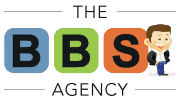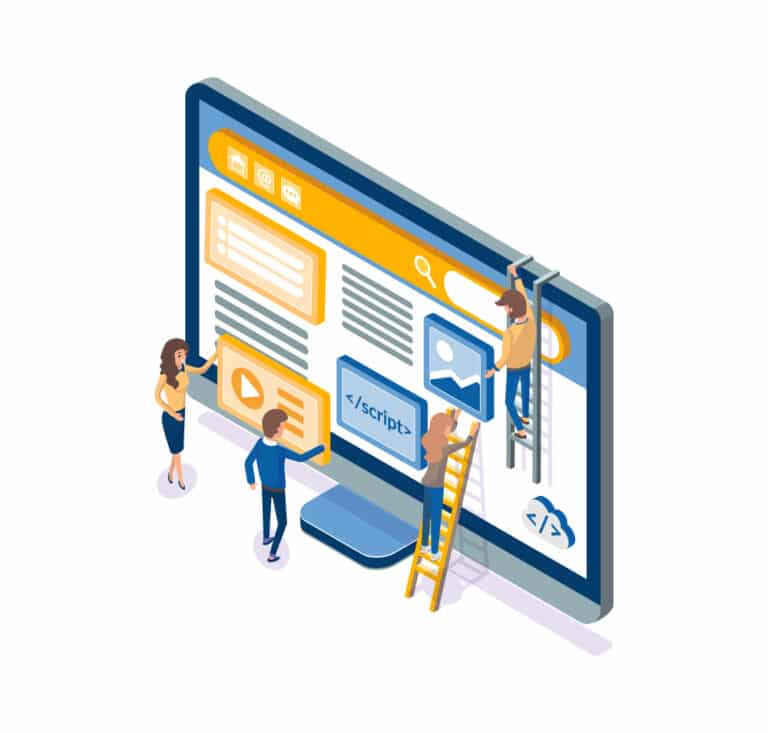In the digital age, a FAQ (Frequently Asked Questions) page is an invaluable asset for businesses and websites. It serves as a bridge between your audience and your product or service, addressing common queries and providing quick solutions. An effective FAQ page can enhance user experience, reduce customer support workload, and boost conversions. In this guide, we’ll explore the steps to create a well-structured and informative FAQ page.
Before diving into the creation process, it’s essential to understand your target audience. What are their pain points, concerns, and questions? Conduct surveys, analyze customer support inquiries, and gather feedback to identify the most common queries your audience has. This will lay the foundation for your FAQ page’s content.
Once you’ve collected a list of common questions, categorize them logically. Group related questions together to create sections or categories on your FAQ page. This helps users find the information they need more easily. Common categories might include “Account and Billing,” “Product Features,” “Shipping and Returns,” and “Technical Support.”
Each FAQ should have a clear, concise, and accurate answer. Avoid jargon and technical language that might confuse your users. Keep your responses straightforward and to the point. If a question requires a lengthy explanation, consider providing a summary with a link to a more detailed resource or page. Write your FAQ answers in a friendly and conversational tone. Avoid sounding robotic or overly formal. Imagine you’re having a one-on-one conversation with a customer and aim for a tone that’s helpful and approachable. While your primary focus should be on addressing common questions, don’t overlook the opportunity to provide answers to unique or less common queries. These can set your FAQ page apart and demonstrate your commitment to customer support.
Sometimes, a visual aid can clarify a complex answer. Consider including images, screenshots, diagrams, or videos to supplement your written responses. Visual content can help users grasp information more quickly and effectively. A search bar on your FAQ page can be a game-changer. It allows users to quickly find specific answers to their questions without having to scroll through the entire page. Ensure that the search feature is prominently placed and functions well.
As your product or service evolves, so should your FAQ page. Regularly review and update the content to reflect any changes or new information. Outdated or incorrect information can erode trust and frustrate users. Before launching your FAQ page, test it with a small group of users or employees to identify any issues or ambiguities. Gather feedback and make necessary improvements. Continuously collect user feedback and adapt your FAQ page based on their needs and suggestions. A well-crafted FAQ page is only useful if people know it exists. Promote it across your website, in emails, and on social media. Make it easily accessible from your homepage and other relevant pages.
Creating an effective FAQ page is a proactive way to provide excellent customer support and enhance user experience. By understanding your audience, organizing your content, writing clear answers, and keeping the page up-to-date, you can develop a valuable resource that saves time for both your customers and your support team. Remember, an FAQ page isn’t static; it’s a dynamic tool that should evolve with your business and customer needs.




